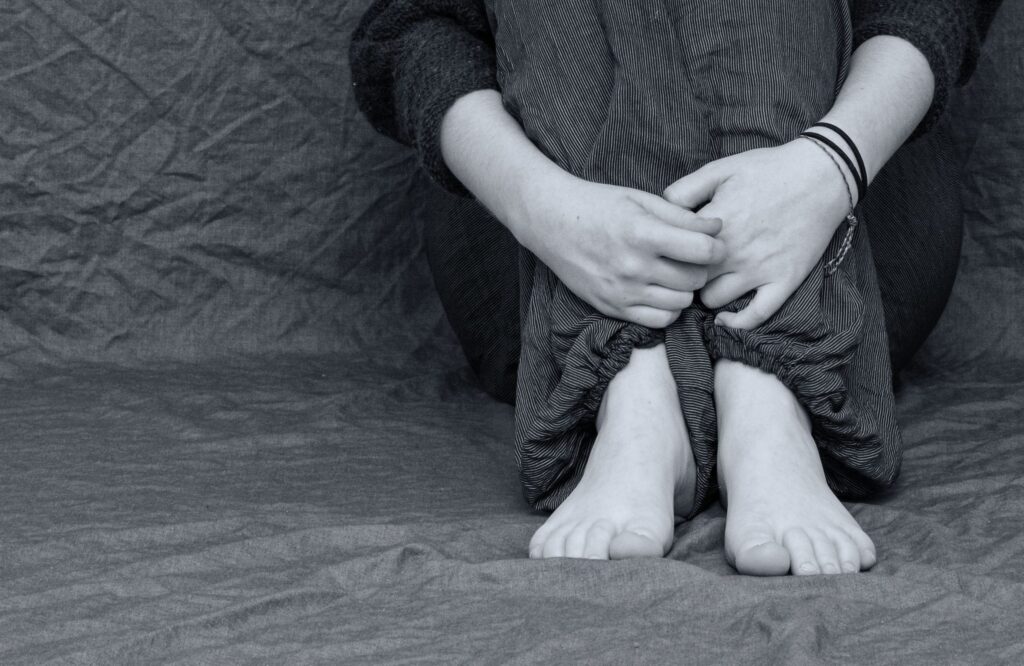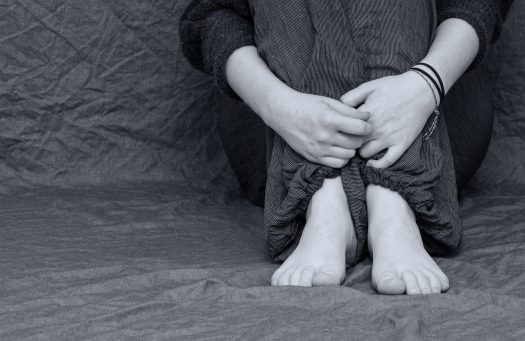By: Jason M. Jowers, MS

Pixabay[Bullying Black and White by Anemone123 on May 9, 2017, CC0]
What can we do to help turn the tide of bullying behaviors? First, we must be aware of the different types of bullying. Bullying is not always physical and includes verbal bullying like name-calling and teasing. There is social bullying that involves hurting someone’s reputation or relationships like spreading rumors and embarrassing someone in public [2]. Also, cyber-bullying falls into the realm of social bullying.
Second, finding great resources can be beneficial that can provide strategies to stop bullying in its tracks. Stop Bullying.gov is fantastic resource that provides trainings and prevention techniques for service professionals, parents, and teachers. Most of their strategies focus on collaboration between mental health professionals, parents, and the school system to engage the larger community on bullying prevention.
One great resource on how kids can implement change in their own schools is the book “Shield Up!: How Upstanding Bystanders Stop Bullying” by Marcella Marino Craver [3]. Illustrated as a graphic novel, this book is an example of how bullying can happen and how it effects individual kids and their peer groups. The ultimate takeaway is what to do when bullying behaviors happen and how kind actions can change those behaviors. The book also includes a reader’s note where you can learn strategies for standing up to bullying behavior and how to practice kindness.
It is important to understand the impact that violence such as bullying, teen dating violence, and school shootings have on youth. Be sure to watch this archived OneOp FD webinar from last year entitled “Polishing Our Protective Shields: Exploring Ways to Protect Youth from Violence.” CEU opportunities are still available.
References
[1] Center for Disease Control (2018). Preventing Bullying. Retrieved from: https://www.cdc.gov/violenceprevention/pdf/bullying-factsheet508.pdf[2] Stop Bullying.gov (2019). What is Bullying? Retrieved from: https://www.stopbullying.gov/what-is-bullying/index.html
[3] Craver, M. M. (2014). Shield Up!: How Upstanding Bystanders Stop Bullying. Washington, DC: Magination Press. Retrieved from: https://www.goodreads.com/book/show/21992213-shield-up?from_search=true
This post was written by members of the OneOp Family Development Team. The Family Development team aims to support the development of professionals working with military families. Find out more about OneOp Family Development concentration on our website, Facebook, and Twitter. You can also listen to our Anchored. podcast series via iTunes and our website.















